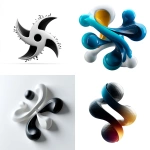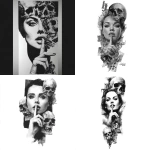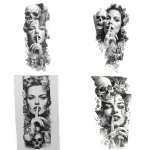Explore the Best AI Image Gallery
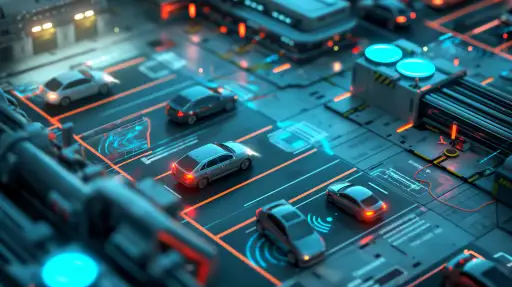
AI-Powered Design: A New Era of Creativity?
The world of graphic design is undergoing a seismic shift, driven by the rapid advancements in artificial intelligence (AI). From generating stunning visuals to streamlining workflows, AI tools are reshaping the creative landscape, offering both exciting opportunities and complex challenges. This blog post delves into the multifaceted impact of AI on graphic design, exploring its potential uses, ethical considerations, and future trends.
The Rise of AI Design Tools
A plethora of AI-powered design tools have emerged in recent years, empowering designers with innovative capabilities. These tools leverage machine learning algorithms to analyze vast datasets of images and design patterns, enabling them to:
- Generate original designs: AI can create unique logos, illustrations, website layouts, and even marketing materials based on user prompts or specific style preferences.
- Personalize content: AI algorithms can tailor design elements to individual users, creating personalized experiences and enhancing engagement.
- Automate repetitive tasks: Tasks such as resizing images, creating color palettes, or generating basic layouts can be automated by AI, freeing up designers to focus on more creative endeavors.
The Benefits of AI in Graphic Design
The integration of AI into graphic design workflows offers numerous advantages:
- Increased Efficiency: AI can significantly accelerate design processes, enabling designers to complete tasks faster and with greater precision.
- Enhanced Creativity: AI tools can serve as a source of inspiration, providing designers with novel ideas and design solutions they may not have conceived on their own.
- Cost Savings: Automation of design tasks can reduce labor costs and streamline production processes.
Ethical Considerations
While the potential benefits of AI in graphic design are undeniable, its crucial to address the accompanying ethical considerations:
- Job Displacement: There are concerns that AI-powered tools may automate tasks currently performed by human designers, leading to job losses.
- Bias and Fairness: AI algorithms are trained on data, which can reflect existing societal biases. This can result in AI-generated designs that perpetuate stereotypes or discriminate against certain groups.
- Copyright and Ownership: The question of copyright ownership for AI-generated designs remains a complex legal issue.
The Future of AI in Graphic Design
As AI technology continues to evolve, its impact on graphic design will undoubtedly become even more profound. We can anticipate:
- More sophisticated AI tools: AI algorithms will become increasingly capable of understanding complex design concepts and generating highly creative outputs.
- Seamless human-AI collaboration: Designers will increasingly work alongside AI tools, leveraging their strengths to enhance their own creative processes.
- The emergence of new design paradigms: AI will likely inspire entirely new approaches to graphic design, pushing the boundaries of creativity and innovation.
Conclusion
AI is poised to revolutionize the field of graphic design, offering both immense opportunities and complex challenges. By embracing ethical considerations, fostering human-AI collaboration, and continuously exploring the creative potential of AI, we can unlock a new era of visual storytelling and artistic expression.
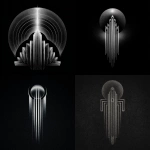




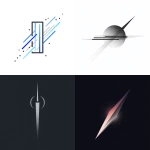





](https://images.ai-img.art/thumbnails/150/d29fcfc8037938184a641f7980e1102e24a6e82088bc465886d26ffe5bb006c7.webp)



](https://images.ai-img.art/thumbnails/150/4a4f2a16da94ebadad64aeb3b0fb4e64d426431f1d651cc4929142c728fe85b7.webp)

](https://images.ai-img.art/thumbnails/150/9127f72c6be19d533c26ac476f4d216cd89a6a2d7c351333489a3eff30c3ec5a.webp)
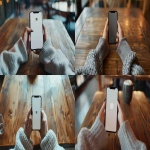




](https://images.ai-img.art/thumbnails/150/37f115f2fa75765b87e6d3e2c9f1b0a80a6a46efa8b864a05278c7fc0a0a62e7.webp)



](https://images.ai-img.art/thumbnails/150/336026613fd234b8d6908fe18ecc09b2b2ecf7b8dfe294742041c9862dc499c1.webp)
](https://images.ai-img.art/thumbnails/150/24610c8978ce6b4f1ced8639b434482871adb07e38af8b90cd535f2533bf18cc.webp)

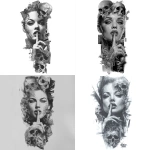



](https://images.ai-img.art/thumbnails/150/b90a5f332cb5d8f02116934e13abd20233e0eeb2368274dbdffaa2e281e4dff5.webp)

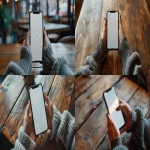
](https://images.ai-img.art/thumbnails/150/85464d88f1d4314cd042a02a6f41440fc3b4343db529794cbe8e6836fdadf409.webp)



